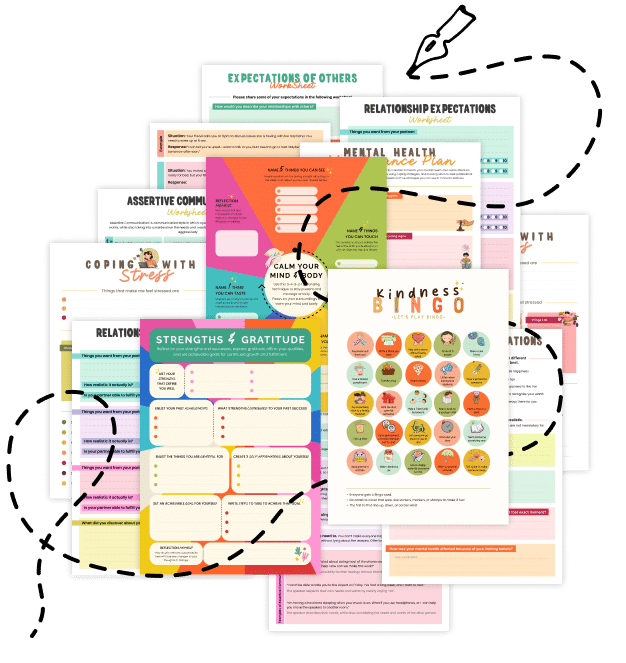20 Things You Should Know About Part-Task Training
Discover how Part-Task Training breaks complex tasks into manageable pieces for effective skill mastery. Learn 20 key insights and practical tips to improve performance through targeted, incremental practice.
1. What Is Part-Task Training?
Part-Task Training is a learning approach where a complex task is broken down into smaller, more manageable components. By mastering each part individually, you gradually build proficiency in the entire skill or process.
2. The Rationale Behind It
When faced with a challenging task, attempting to learn everything at once can be overwhelming. Part-task training allows you to focus on one segment at a time, reducing cognitive overload and enhancing long-term retention.
3. How It Enhances Learning
This method leverages the brain’s capacity to focus on micro-skills. Once each part is mastered, these skills integrate seamlessly into a coherent, well-practiced performance.
4. Real-World Examples
- Music Practice: Breaking a complex piece into smaller sections and practicing each segment individually.
- Sports: Learning the individual movements of a tennis serve before putting them together.
- Software Development: Focusing on specific modules of code before integrating them into a larger program.
5. Benefits for Skill Acquisition
Part-task training helps:
- Build confidence: Small wins boost your self-assurance.
- Improve focus: You can concentrate on one aspect without distraction.
- Enhance retention: Repeated practice of smaller segments solidifies memory.
6. Effective for Complex Tasks
When a task involves multiple steps or components, part-task training is especially beneficial. It allows for systematic learning and minimizes the chance of errors when integrating parts into the whole.
7. Reducing Cognitive Load
By isolating the components of a task, you reduce the cognitive load required to learn the overall process. This makes it easier for your brain to form strong, long-lasting connections.
8. Structured Skill Development
Part-task training provides a clear roadmap for skill development. Once you’ve mastered the individual parts, you can gradually combine them to perform the complete task smoothly.
9. Practical Tip: Identify Subtasks
Begin by analyzing the task to identify its distinct components. For instance, if learning a new language, break it down into vocabulary, grammar, pronunciation, and listening skills.
10. Gradual Integration
After mastering the individual parts, gradually integrate them through combined practice sessions. This stepwise integration helps ensure that the transition from part to whole is smooth.
11. Feedback Is Crucial
Use feedback at each stage of learning. Whether self-assessed or provided by an instructor, feedback helps refine each component before moving on to the next.
12. Use of Simulations
For complex or dangerous tasks—such as piloting an aircraft or performing surgery—simulations can serve as a safe environment to practice individual components before facing the real situation.
13. Encouraging Consistency
Regular, focused practice of each sub-task solidifies the skills needed for overall performance. Consistency is key in turning isolated abilities into an integrated performance.
14. Breaking Down Barriers
Part-task training helps overcome the intimidation factor of complex tasks by isolating difficulties. This approach makes challenges seem more manageable and less overwhelming.
15. Applications in Education
Educators use part-task training to help students master complex subjects by breaking them into smaller lessons. This approach can be especially helpful in subjects like mathematics, science, and language arts.
16. Enhancing Transfer of Skills
When you understand the fundamental components of a task, it’s easier to apply these skills in different contexts or to solve novel problems—enhancing the transfer of learning.
17. Combining with Other Techniques
Part-task training can be effectively combined with spaced repetition and interleaving practice to maximize retention and promote deep learning over time.
18. Avoiding Over-Segmentation
While breaking a task into parts is beneficial, over-segmentation can cause confusion if the parts don’t connect well. Strive for a balance—ensure that each component is distinct yet integrates naturally with the others.
19. Tracking Progress
Keep a log or journal of your practice sessions. Tracking improvements in each sub-task helps you identify strengths and areas needing more work, making the integration process smoother.
20. Related Topics to Explore
- Cognitive Load Theory: Learn how managing mental effort can optimize learning.
- Active Recall vs. Passive Review: Techniques to ensure effective memory retention of practiced skills.
- Interleaving Practice: Mixing different types of tasks to enhance overall learning.
- Implementation Intentions: Setting specific “if-then” plans to trigger the practice of sub-tasks.
Quick Tips for Effective Part-Task Training
- Analyze the Task: Break down the task into its essential components.
- Focus on One Part at a Time: Master each sub-task before moving on.
- Integrate Gradually: Combine individual skills slowly until the entire task is cohesive.
- Seek Feedback: Use self-assessment or instructor feedback to refine your performance.
- Track Your Progress: Keep a journal to monitor improvements and adjust your training plan as needed.
Part-Task Training is a powerful method for mastering complex skills by dividing them into manageable segments. By focusing on individual components, practicing consistently, and gradually integrating them, you can build confidence, reduce cognitive load, and achieve mastery in any area—whether academic, professional, or personal.
Share this article with anyone looking to improve their learning strategies and tackle challenging tasks with clarity and confidence. With the right approach, even the most complex skills can become accessible and enjoyable!

